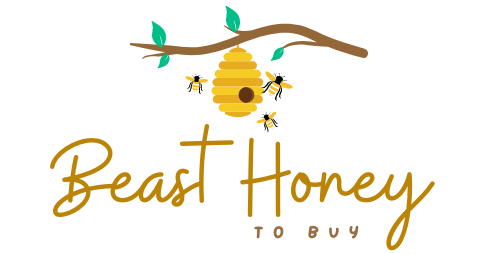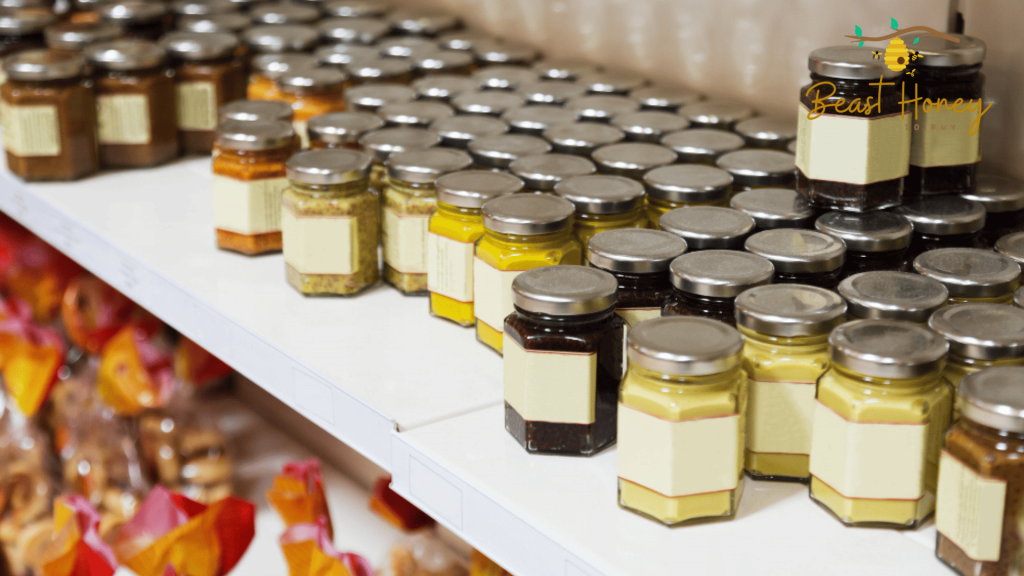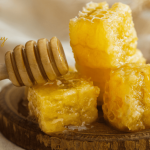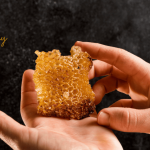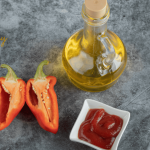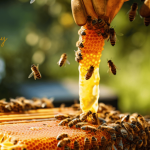What Is Private Label Honey?
Private label honey means selling honey under your own brand name.
You don’t make the honey yourself. Instead, you partner with a supplier who produces and packages it for you.
Your job is to create a unique brand, market it, and sell the product. It’s a great way to start a business with low upfront costs.
Private labeling is popular because it saves time and resources. You focus on building your brand while the supplier handles production.
This lets you offer high-quality honey without needing a farm or beekeeping skills.
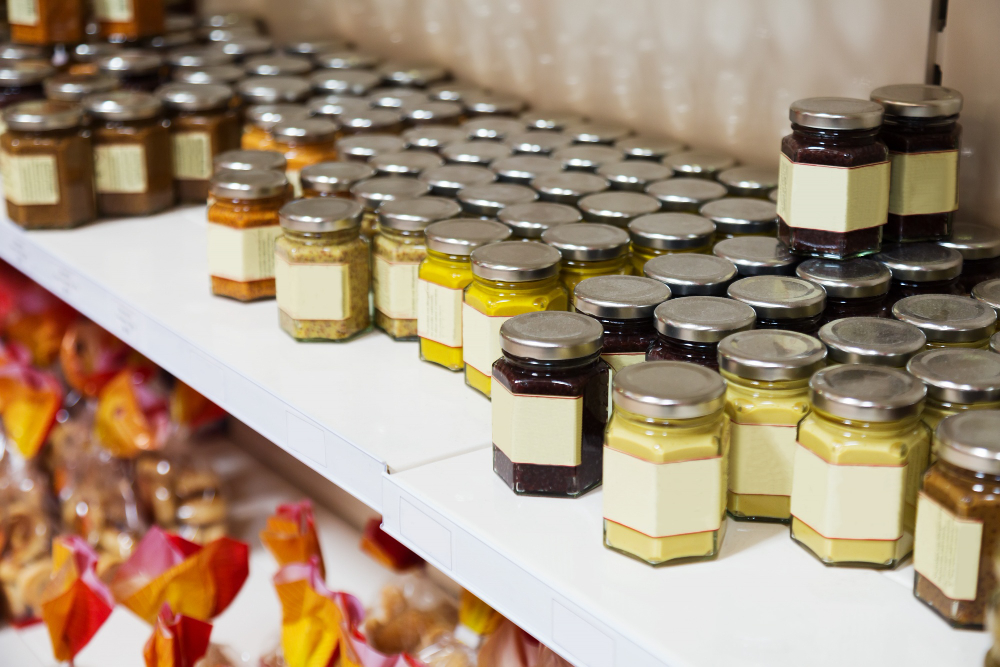
Why Start a Private Label Honey Brand?
Honey is in high demand. People use it as a natural sweetener, in recipes, or for health benefits. Here’s why a private label honey brand is a smart choice:
- High Demand: Honey sales are growing as consumers seek natural products.
- Low Startup Costs: No need to own beehives or equipment.
- Scalable Business: Start small and grow as your brand gains traction.
- Customization: You control the branding, packaging, and marketing.
- Profit Potential: Private label products often have good profit margins.
For example, a small brand like “Sweet Valley Honey” could source organic honey from a local supplier and sell it with unique packaging. This approach builds a loyal customer base.
Step 1: Research the Honey Market
Before you start, understand the honey market. Research helps you know what customers want and how to stand out. Here’s how to do it:

Understand Your Audience
Who buys honey? Health-conscious people, home cooks, and gift shoppers are common buyers. Some want organic honey, while others prefer raw or flavored varieties. Knowing your audience helps you choose the right product.
Study Competitors
Look at other honey brands. Check their packaging, prices, and marketing. What makes them successful? For example, brands like “Nature’s Nectar” use eco-friendly jars and highlight their honey’s local source. Learn from them but create something unique.
Identify Trends
Consumers love sustainable and organic products. Flavored honey, like lavender or cinnamon, is also trending. Stay updated on what’s popular to make your brand appealing.
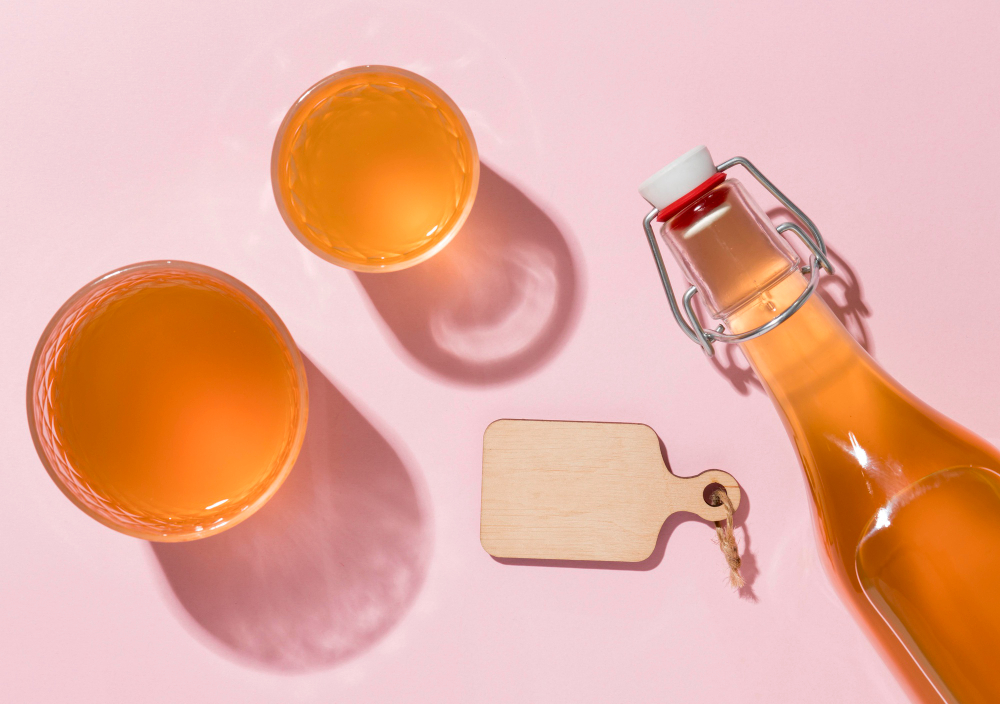
Step 2: Find a Reliable Honey Supplier
Your supplier is the backbone of your business. They provide the honey, so quality matters. Here’s how to find a good one:
Look for Quality
Choose a supplier with high-quality honey. Ask for samples to taste and test. Ensure they follow food safety standards. For example, a supplier offering raw, unfiltered honey might appeal to health-focused customers.
Check Certifications
Look for suppliers with certifications like USDA Organic or Non-GMO. These add credibility to your brand. Customers trust certified products more.
Discuss Customization
Some suppliers offer private labeling services. They can package honey in your branded jars or bottles. Ask about minimum order quantities and pricing. For instance, a supplier might require you to order at least 100 jars per batch.
Build a Relationship
A good supplier is a long-term partner. Communicate clearly and negotiate fair terms. A strong relationship ensures consistent quality and supply.
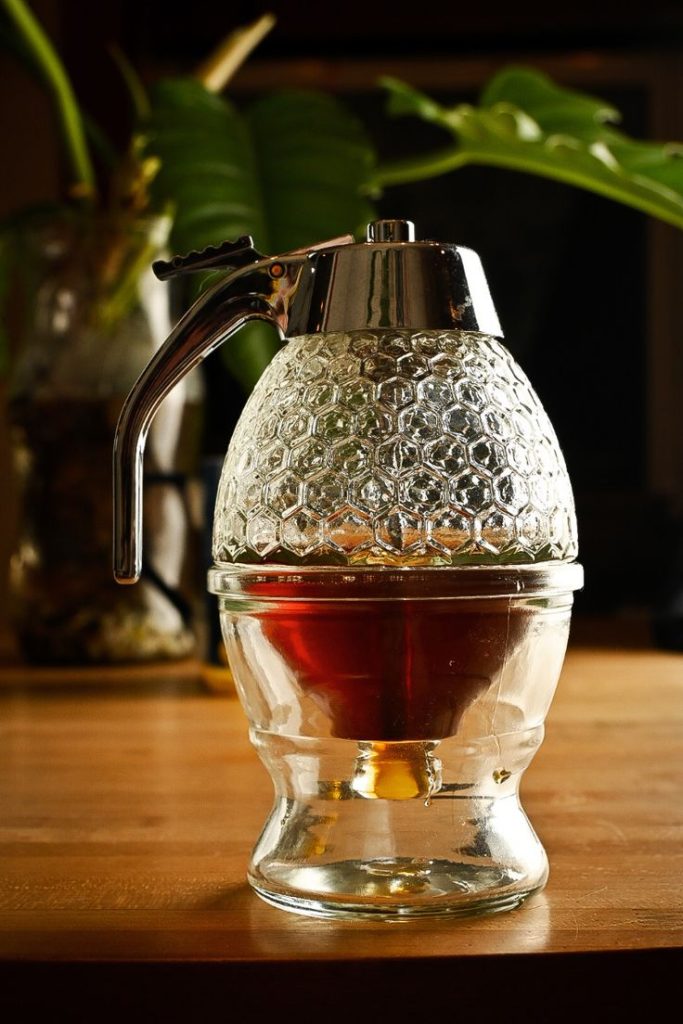
Step 3: Create Your Brand Identity
Your brand is what makes your honey stand out. A strong brand connects with customers emotionally. Here’s how to build one:
Choose a Memorable Name
Pick a name that’s catchy and reflects your values. For example, “Pure Bliss Honey” sounds inviting and natural. Keep it short and easy to spell.
Design a Logo
Your logo should be simple and eye-catching. Use colors like gold, yellow, or green to evoke honey and nature. Hire a graphic designer if needed to create a professional look.
Craft a Story
People love brands with a story. Share why you started your honey brand. Maybe you’re passionate about sustainable farming or love sharing natural products. For example, “We started Golden Hive to bring pure, local honey to your table.”
Design Packaging
Your packaging is your first impression. Use clear jars to show off the honey’s color. Add labels with your logo, story, and product details. Eco-friendly materials like glass or recyclable plastic appeal to green-conscious buyers.
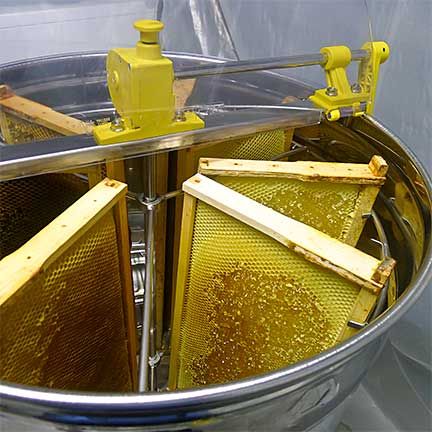
Step 4: Ensure Legal Compliance
Selling food products requires following regulations. This protects your business and customers. Here’s what to do:
Register Your Business
Choose a business structure, like an LLC, to protect yourself legally. Register your business name with your local government.
Get Permits and Licenses
Check local and national food safety laws. You may need a food handler’s permit or a license to sell food. In the U.S., the FDA has guidelines for honey labeling. For example, you must list ingredients and net weight on the label.
Label Correctly
Your label should include:
- Product name (e.g., “Organic Raw Honey”)
- Net weight
- Ingredients (if any additives are used)
- Your business name and address
- Nutritional information (if required)
Work with your supplier to ensure labels meet standards. Incorrect labeling can lead to fines or recalls.
Step 5: Set Up Sales Channels
Now it’s time to sell your honey. You can sell online, in stores, or both. Here are some options:
Create an Online Store
Set up a website using platforms like Shopify or WooCommerce. Add high-quality photos of your honey and a “Shop Now” button. Offer free shipping for larger orders to attract buyers.

Sell on Marketplaces
Platforms like Amazon, Etsy, or eBay are great for reaching customers. For example, listing your honey on Etsy under “Handmade Food” can attract gift shoppers.
Partner with Local Stores
Approach local grocery stores, cafes, or gift shops. Offer samples and explain your brand’s unique value. A local shop might love selling “Hometown Honey” from a nearby supplier.
Use Social Media
Post about your honey on Instagram, Facebook, or TikTok. Share recipes, like honey-drizzled yogurt or honey-glazed chicken, to engage followers. Use hashtags like #HoneyLovers or #OrganicHoney to reach more people.
Step 6: Market Your Honey Brand
Marketing spreads the word about your brand. Be creative and consistent to build a loyal customer base.
Use Social Media Ads
Run targeted ads on Instagram or Facebook. For example, target health-conscious moms with ads for your organic honey. Keep ads colorful and engaging.
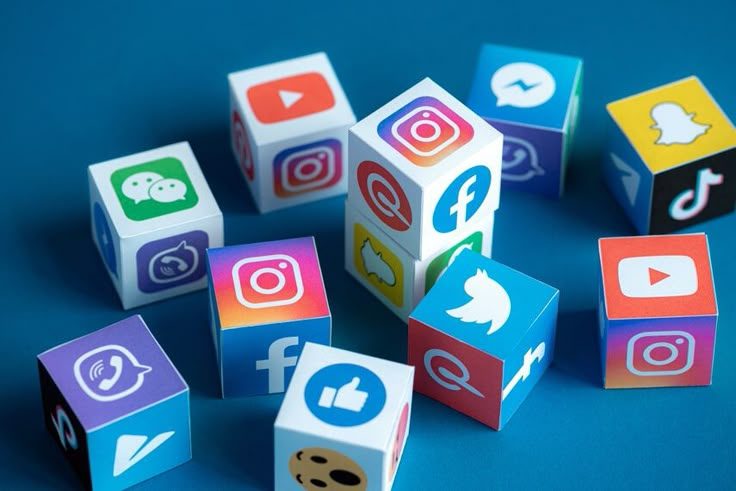
Share Customer Reviews
Ask happy customers to leave reviews. Share these on your website and social media. For instance, “Loved the rich flavor of Pure Bliss Honey!” builds trust.
Offer Promotions
Discounts or bundles attract first-time buyers. For example, offer a “Buy 2, Get 1 Half-Price” deal during the holidays.
Collaborate with Influencers
Partner with food bloggers or wellness influencers. Send them free samples to review your honey. Their followers might become your customers.

Step 7: Scale Your Business
Once your brand gains traction, think about growth. Here’s how to scale:
Add New Products
Offer flavored honey, honey sticks, or gift sets. For example, a “Honey Tasting Trio” with lavender, wildflower, and clover honey can boost sales.
Expand Sales Channels
Sell in more stores or explore international markets. Research export rules if you want to sell abroad.
Invest in Marketing
As your budget grows, try Google Ads or email marketing. Send newsletters with recipes or discounts to keep customers engaged.

Streamline Operations
Work with your supplier to handle larger orders. Consider hiring help for tasks like shipping or customer service.
Tips for Success
- Stay Consistent: Deliver the same quality every time.
- Listen to Customers: Use feedback to improve your product.
- Be Patient: Building a brand takes time, but it’s worth it.
- Stay Authentic: Share your passion for honey to connect with buyers.
Conclusion
Starting a private label honey brand is a sweet opportunity. With the right supplier, a strong brand, and smart marketing, you can create a product people love. Follow these steps, stay consistent, and watch your business grow. Ready to start? Find a supplier and let your honey brand shine!
